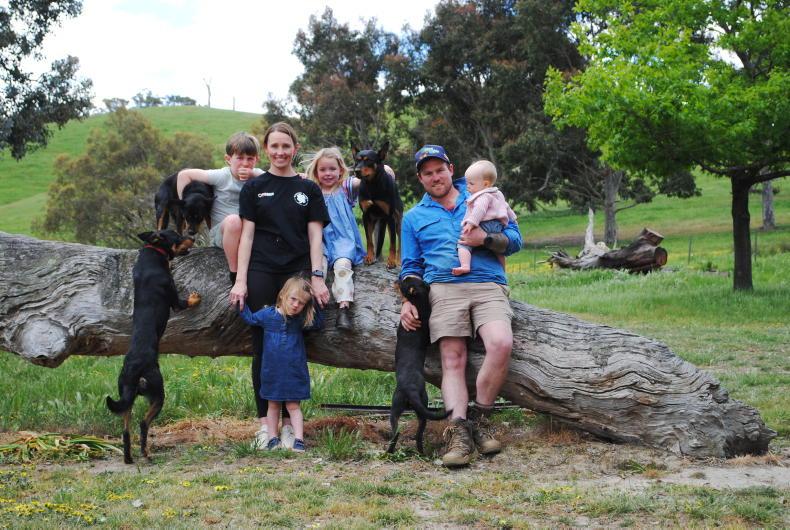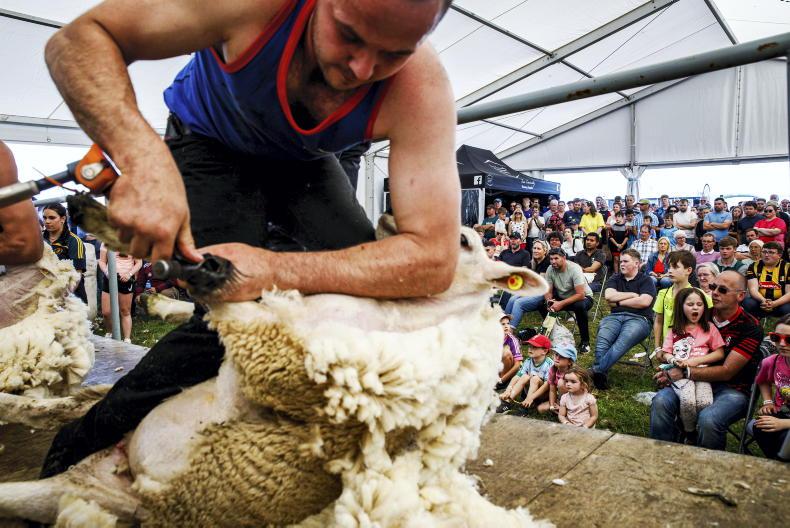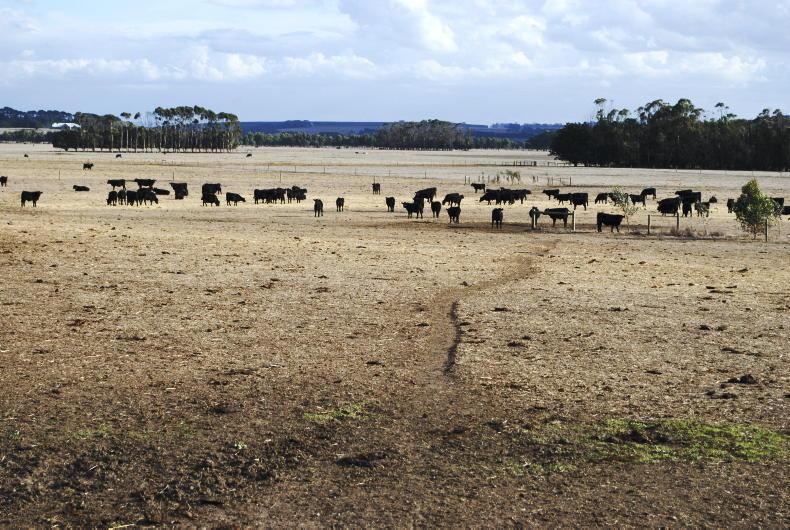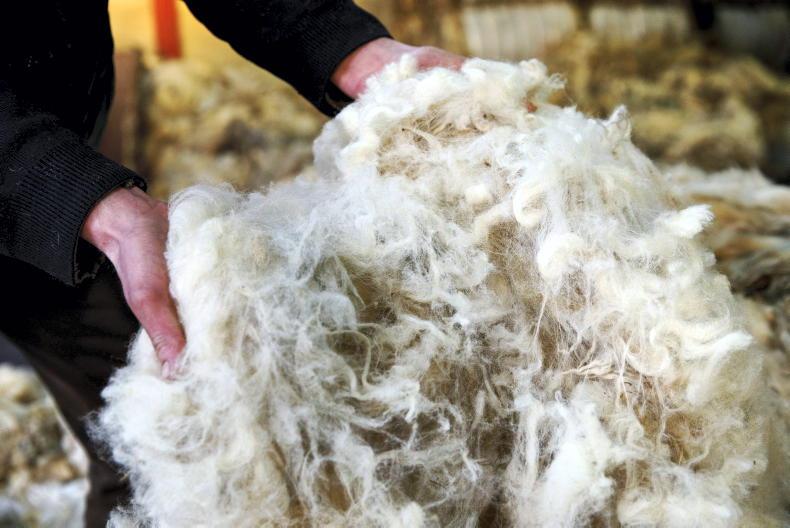The adverse weather over the last month has changed the sheep farming management calendar on many holdings.
Torrential rainfall and depleted grass supplies have forced many farmers to house ewes and possibly lambs for finishing earlier than planned.
A number of flocks operating at a high stocking rate and which normally house sheep early found it challenging to get sheep housed dry and with this week’s cold snap many have delayed shearing.
The forecast for next week is uncertain as yet, with the threat of sub-zero temperatures returning.
As such, some farmers are reassessing if ewes or lambs should still be shorn, with the high cost of shearing relative to the low value of wool also coming into the equation.
Decisions
Starting with ewes first, decisions on winter shearing need to take into account the many production benefits.
Teagasc research shows winter shearing has the potential to increase lamb birth weight in mid-season lambing flocks by 0.6kg without increasing lambing difficulty.
This increase in liveweight typically gets lambs off to a better start and in turn feeds into weaning weights increasing by an average of 1.9kg liveweight.
This subsequently reduces the age of lambs to slaughter by about two weeks. This has direct benefits in terms of lambs being two weeks shorter on the farm and, depending on the time of year, can have marketing benefits if lambs are drafted at higher prices.
Higher stocking densities
Winter shearing allows about 15% more ewes to be housed in a given space. This is advantageous, provided there is sufficient feeding space for all ewes to eat unrestricted.
Shearing will also allow condition to be monitored easier and keep ewes cleaner pre- and post-lambing, while some farmers also claim it encourages lambs to suckle quicker and reduces the risk of bacteria entering the digestive tract.
Longer term, it has advantages in keeping ewes cleaner at grass in early lactation and in reducing the risk of ewes getting caught on their backs.
Winter shearing should only be carried out where there is the potential for at least eight weeks of wool regrowth and ewes are being turned outdoors from March onwards.
A shorter period of wool regrowth and earlier turnout date creates greater risks of sustained periods of lower temperatures and ewes succumbing to health issues during adverse weather.
Winter shearing lambs
In contrast to production benefits with ewes, research carried out in Teagasc Athenry has shown that shearing lambs will deliver no benefits in terms of lamb performance. However, it is a great aid in keeping lambs cleaner, while also allowing more animals to be housed in a given area.
Research has shown that four weeks of wool regrowth will typically be required before slaughter to be in a position to clip lambs again if needed to comply with the clean livestock policy.
This advice applies to lowland and hill breeds. With some factories now imposing a clipping charge on all lambs destined for slaughter some producers are questioning shearing short-keep lambs.










SHARING OPTIONS